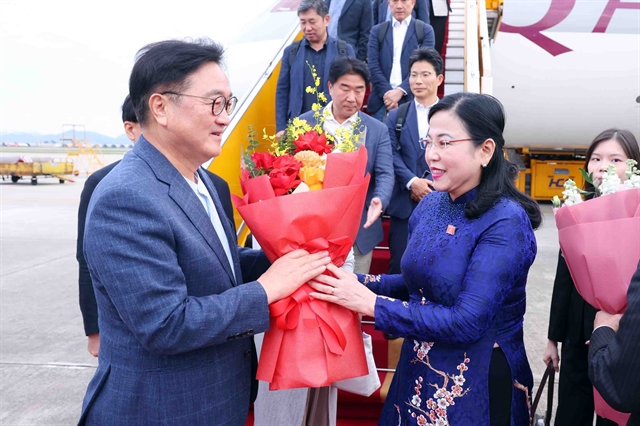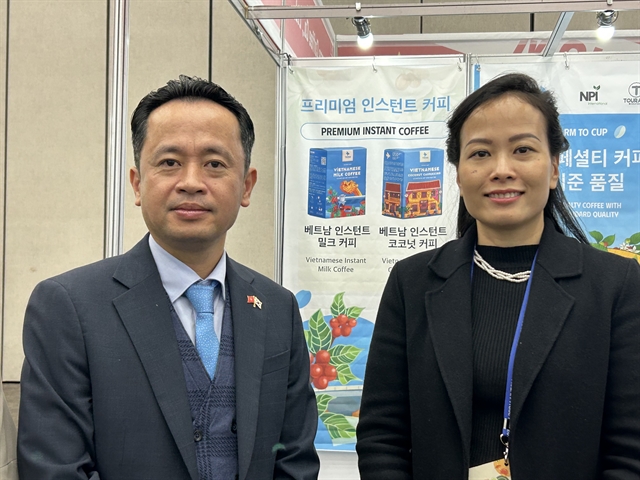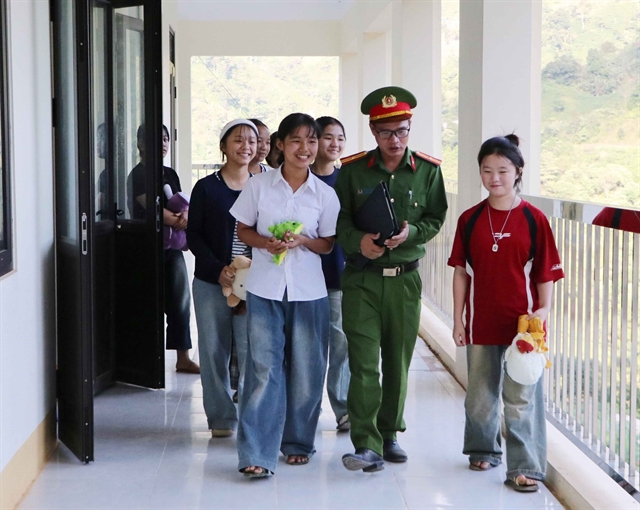 Society
Society

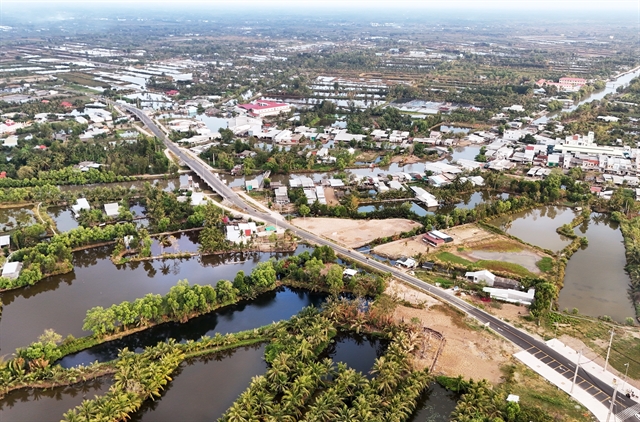
|
| The East-West road, running nearly 44km, plays a crucial role as a transport artery in Cà Mau Province. – VNA/VNS Photo Hồng Đạt |
CÀ MAU – Cà Mau Province has undergone great transformation in the last 50 years, making huge improvements to infrastructure and people’s living conditions.
Fifty years after the liberation of South Việt Nam and national reunification, the country’s southernmost province has steadily transformed from a war-torn revolutionary base into a place of comprehensive socio-economic development.
Phạm Thành Ngại, chairman of its People's Committee, said: "Fifty years have passed and Cà Mau has steadily developed. Cà Mau was once a revolutionary base that was heavily attacked by the enemy, suffering significant destruction and great losses for the people.
“However, immediately after peace was restored, generations of officials, soldiers and people began working tirelessly to build and develop the cape region [Cà Mau Province].
“Today, Cà Mau is developing at a relatively high average rate compared to the rest of the country.”
Last year, the province ranked among the top in the Cửu Long (Mekong) Delta for per capita income, with an annual income of VNĐ73 million (US$2,800) per person.
The province has effectively implemented poverty reduction programmes to reduce the rate to below 1 per cent now, with only 2,700 households remaining poor and 3,800 near-poor.
Cà Mau has enhanced its socio-economic infrastructure with a fully integrated transport system, allowing cars to reach all communes.
The airport and seaport have also received investment.
Nguyễn Văn Hôn, owner of the Hoàng Hôn Ecotourism Community Site in Mũi Hamlet in Ngọc Hiển District’s Đất Mũi Commune, said: "Just 20 years ago, this place was an isolated area as there were no roads or bridges.
“Back then, we could only dream of having a road to Ngọc Hiển District, and now there is a national highway passing through, with access to the national power grid and clean water.
“There will be an expressway and the Hòn Khoai Port in future.”
The province's forests have been replanted after the devastation of war and continue to expand towards the sea.
Cà Mau has the largest area under mangroves in the country – it has more than 90,000ha of mangrove forest along its 254km coastline, mostly in the UNESCO-listed Mũi Cà Mau Biosphere Reserve.
It has developed eco-tourism models beneath the forest canopy, helping improve incomes for forest growers and protecting the forests.
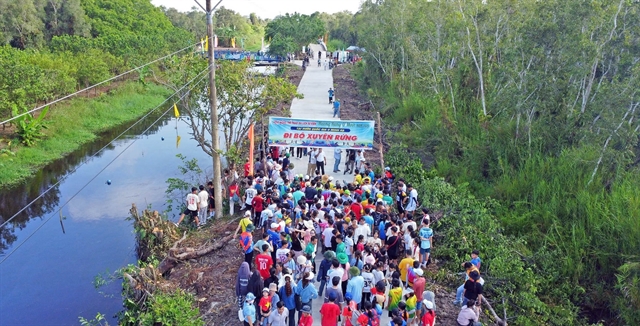
|
| Locals and tourists trek in the U Minh Hạ National Park during the 2025 sports - tourism event "U Minh Forest Fragrance" on May 1. – VNA/VNS Photo Huỳnh Anh |
Better services
Cà Mau ranked among the top provinces in the country for digital public services in 2023 and 2024, according to the Government Office.
It was also one of the first localities to integrate administrative procedures with the electronic identification system for citizens.
It is prioritising the application of science and technology in key sectors such as aquaculture and seafood processing.
Its processing plants are constantly innovating to meet the stringent demands of markets like the EU, Japan and the US, driving growth in seafood exports.
The country’s largest shrimp-producing province reported $1.27 billion in exports of the crustacean last year.
It has implemented several initiatives to develop human resources, including sending students abroad, attracting young professionals to work at the grassroots level and fostering the development of women and ethnic minority officials.
These initiatives have already yielded positive results.
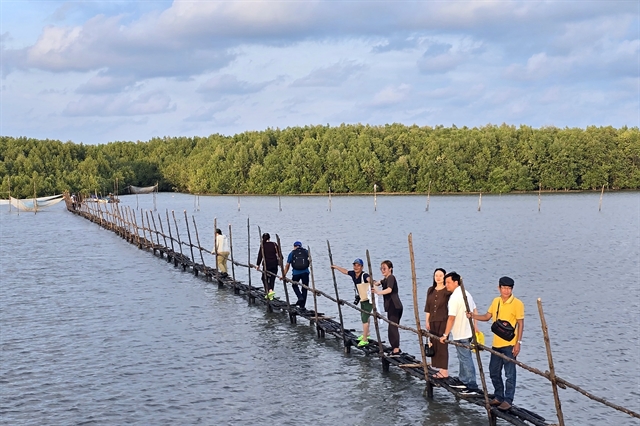
|
| Visitors explore the alluvial mudflat of Cà Mau Cape, a distinctive coastal area formed by sediment deposited by the Mekong River. – VNA/VNS Photo Kim Há |
Ngại said Cà Mau achieved economic growth of more than 7 per cent last year and has set a target of more than 8 per cent this year, and aims for double-digit growth in the coming years.
With the agricultural, forestry and fishery sectors accounting for a significant portion of the economy, adding just 1 percentage point is a major challenge, and so the province has a targeted development plan, he said.
In the services sector, the province is attracting wholesalers and promoting tourism, a field with great potential.
In the industrial sector, public spending has been identified as a key driver of investment flows.
The province has made significant changes to investment procedures, reformed administrative procedures and created a more transparent investment environment.
With a clear development strategy, a transparent investment environment, flexible support mechanisms, and strong commitment from the government, Cà Mau is gradually attracting more investors.
It is home to more than 320 projects with a total investment of VNĐ100 trillion (US$3.85 billion), many of them in renewable energy, seafood and high-tech agriculture, according to its Department of Finance.
The Cà Mau Gas-Power-Fertiliser Complex in U Minh District’s Khánh An Commune is one of the country’s key industrial parks and contributes around VNĐ1 trillion ($38.5 million) in annual revenues to the province. – VNS



